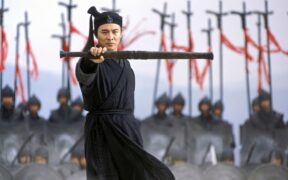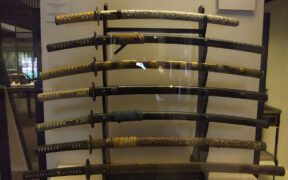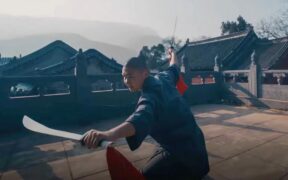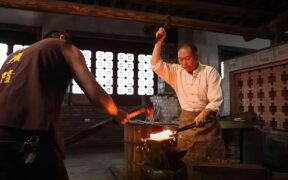Our content features commercial links to our products, committed to transparent, unbiased, and informed editorial recommendations. Learn More
Finding the Perfect Chinese Sword Length for Your Blade
NO AI USED This Article has been written and edited by our team with no help of the AI
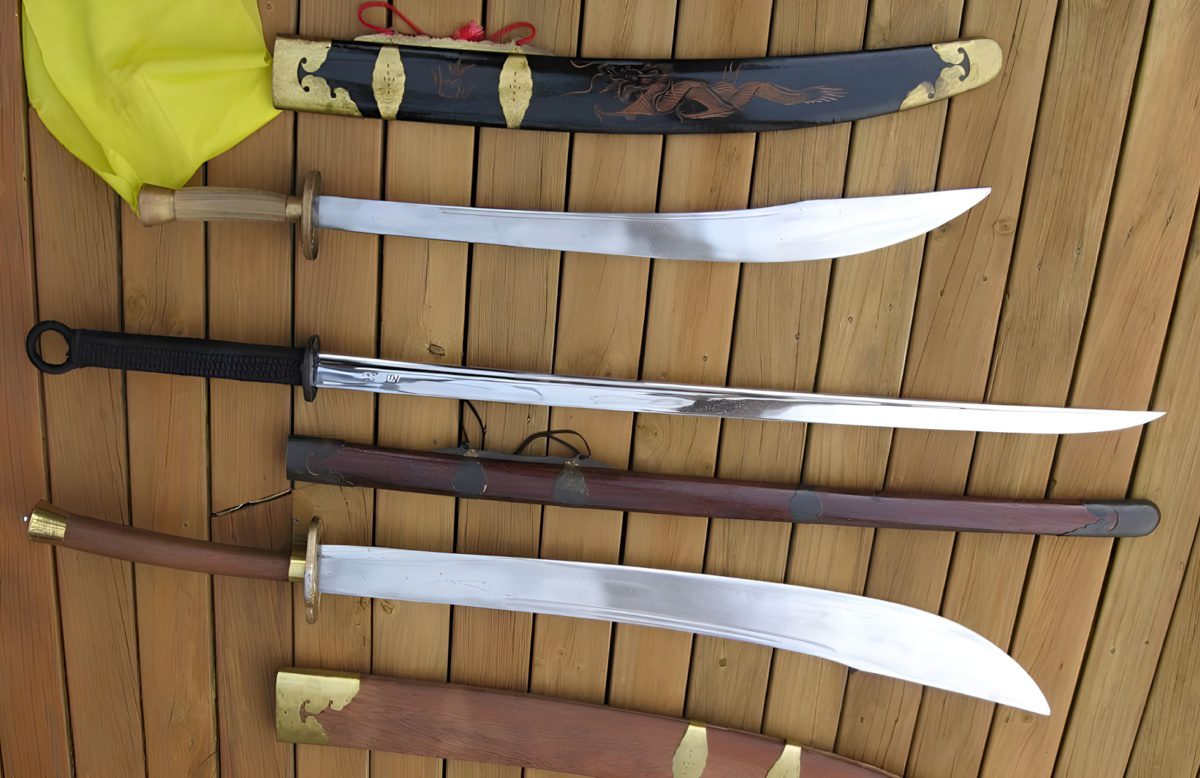
One of the most recognizable weapons in the world is the Chinese sword which is renowned for its beauty and lethal prowess in battle. One fascinating aspect of these blades is their wide range of sizes, from small dagger-like swords to fearsome weapons capable of slicing through horses.
One school of thought suggests that longer swords were more common in ancient China because of their superior reach and force, while another says that shorter swords were more common in some places or for certain purposes. In this article, we will show you a measurement tip for finding the ideal Chinese blade, as well as an overview of the typical Chinese sword lengths.
Finding YOUR Ideal Chinese Sword Length
| Height | Sword (Blade) Length |
|---|---|
| <= 4`11“ ft (149 cm) | 28.5 inch (72 cm) |
| 5`1“ ft (150 – 154 cm) | 29 inch (74 cm) |
| 5`3“ ft (155 – 159 cm) | 30 inch (76 cm) |
| 5`5“ ft (160 – 164 cm) | 30.5 inch (78 cm) |
| 5`7“ ft (165 – 169 cm) | 31.5 inch (80 cm) |
| 5`9“ ft (170 – 174 cm) | 32.5 inch (82 cm) |
| 5`11“ ft (175 – 184 cm) | 34 inch (86 cm) |
| >= 6`1“ ft (185 cm) | 35.5 inch (90 cm) |
The correct length of a sword is one of the most crucial features that makes it optimal and suited for use, according to most sword fans. In the same way that you need to know the optimum Japanese Katana length, you need to know your own height to determine the appropriate length of the ideal Chinese sword for you.
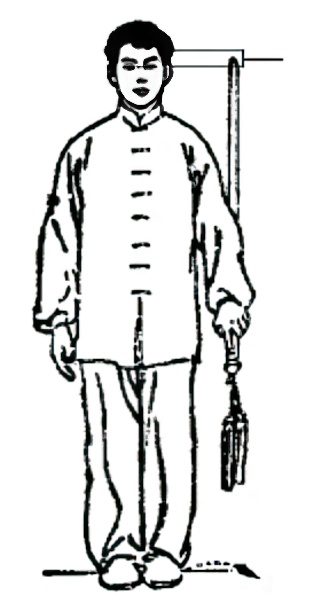
You can determine the ideal Chinese sword length by following the measurements and calculations in the table chart above and by holding the sword in your hand with the blade pointed upward while taking the measurement. The blade tip must be directly above your shoulder and run horizontally to your eyes.
Not all Chinese swords listed here fit these dimensions since some are designed to be larger and wielded with two hands. That is why we will give you an overview of all the different Chinese swords and their most common lengths.
Overview of Chinese Swords and Their Length
Some traditional Chinese sword lengths, particularly in modern media, may have been exaggerated over the years to give them a greater sense of spectacle. Because of this, determining the appropriate length and size of the blade can be challenging and time-consuming.
For your convenience, we’ve compiled a comprehensive guide to the various sizes and styles of Chinese blades, broken down by category or large and short swords.
Chinese Long Swords
Chinese long swords are one of the most popular blades today. Generally, a Chinese longsword is considered larger than 25 inches (65 cm). Most of them were used as one-handed tools combined with a shield, while some can only be wielded with two hands thanks to their large size.
Jian (Shuangshou Jian)
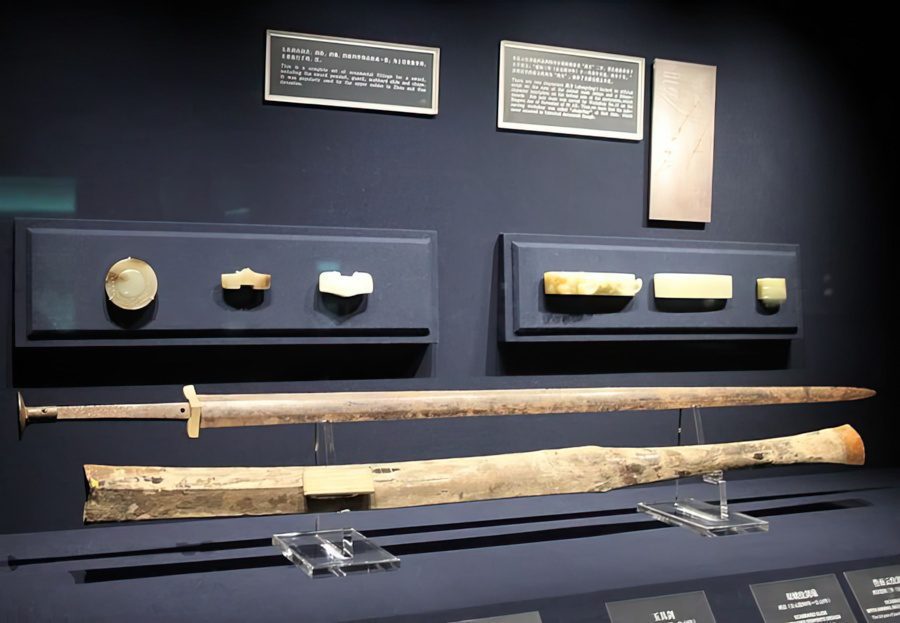
- 27 to 52 inches (70 to 160 cm)
The Jian is one of the first Chinese swords in history. It is a straight and double-edged blade that tapers to a sharp tip. There are different versions, like the one-handed Tai Chi sword, but there are also large two-handed types.
Tang & Han Dao
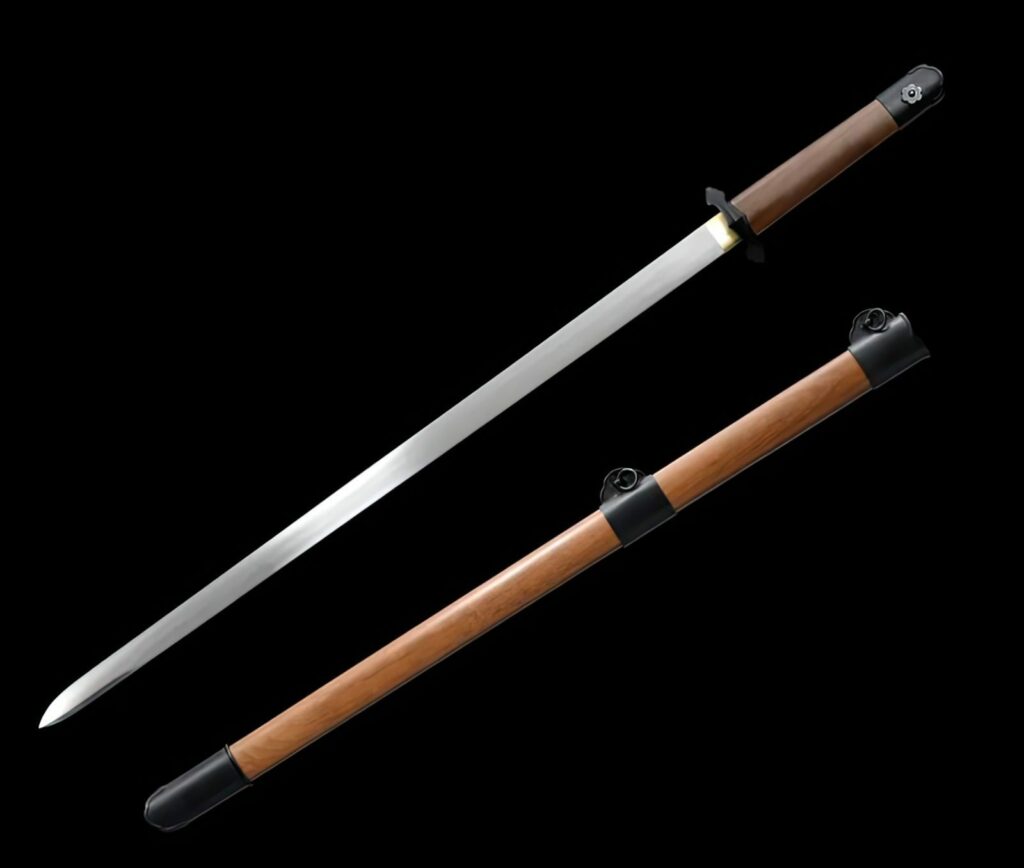
- 35 inches (90 cm)
The Han and Tang Dao were the first double-edged Dao blades, gradually replacing the Jian sword. In some cases, they were mostly used as one-handed weapons on foot or as Chinese cavalry swords.
Dan Dao
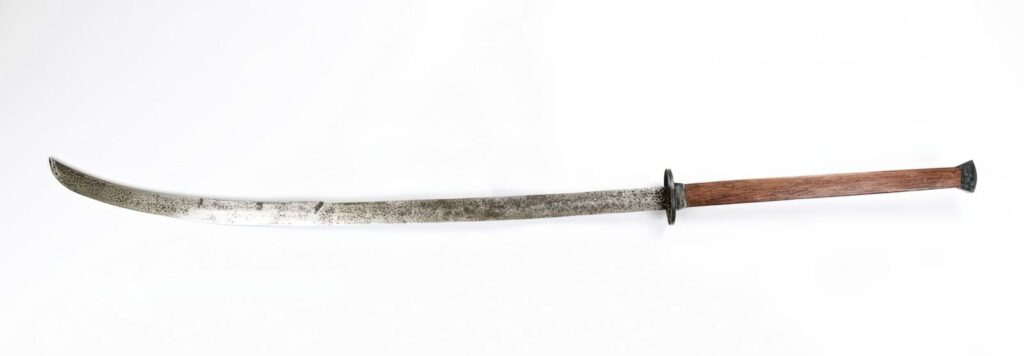
- 43 inches (110 cm)
The Dandao is a sword term in Chinese history that refers to swords being used with both hands. They are a type of Chinese saber that is mostly curved and have a single edge.
Zhanmao Dao
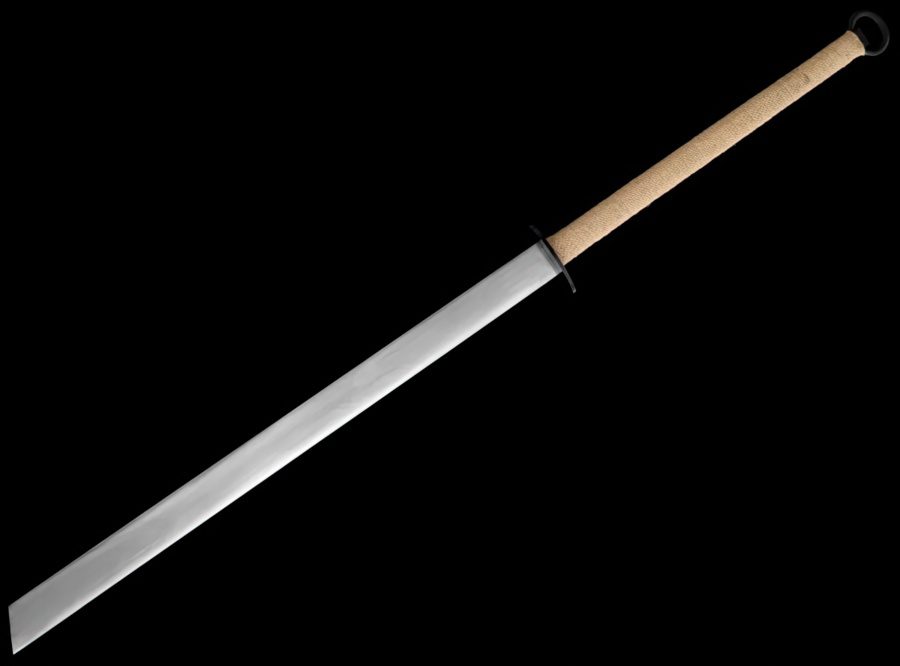
- 59 to 80 inches (150 to 180 cm)
The Chinese anti-cavalry sword, called “The Horse Cutter,” is the Zhanmaodao. It is an impressive sword with a very long handle meant to be used with two hands for chopping and hacking attacks.
Chang Dao
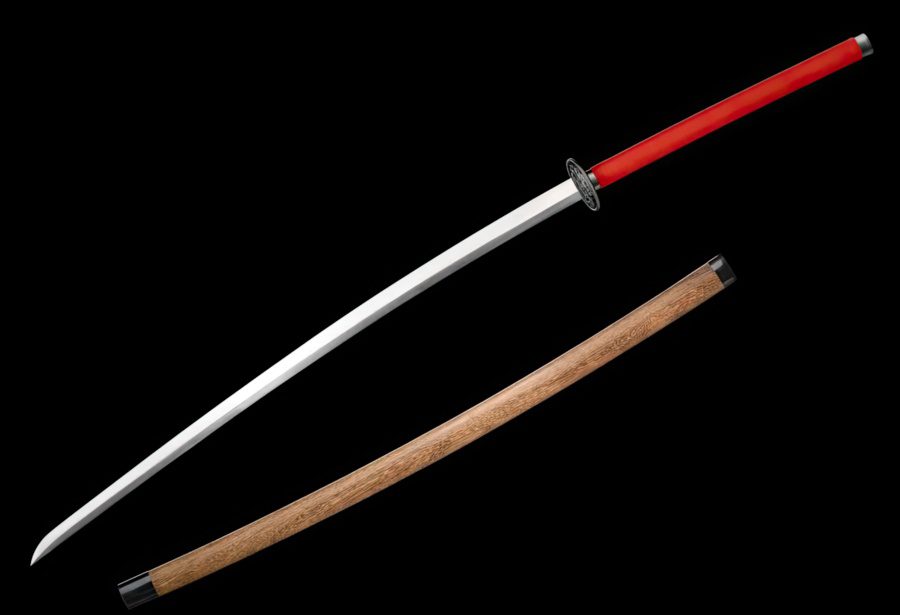
- 47 to 70 inches (120 to 180 cm)
The largest Chinese sword is the Changdao. It came about in Chinese history during and after the long battles against the Wokou pirates, and it is one of the first Chinese swords like the Katana blades.
Wo Dao

- 39 to 47 inches (100 to 120 cm)
The Wodao blade is a Chinese sword made under the direct influence of Japanese swordmaking. It is a two-handed sword with the same length as a Japanese Dachi or Katana.
Miao Dao
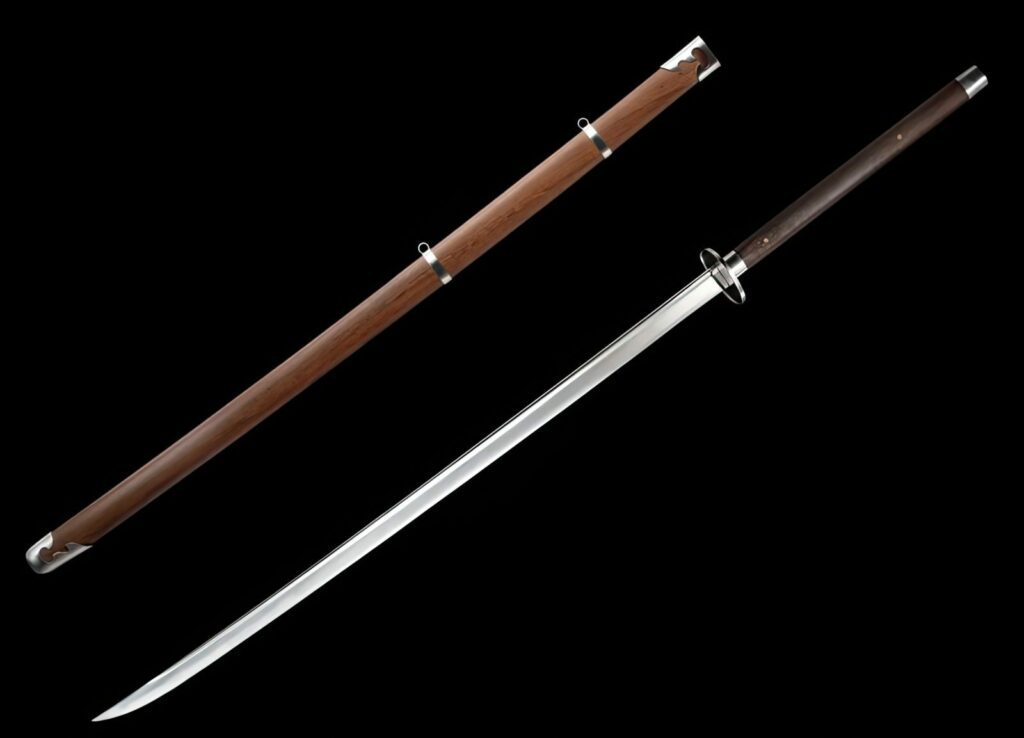
- 47 to 55 inches (120 to 140 cm)
The Miao Dao is one of the latest and newest Chinese swords, having been crafted and designed in the 20th century by following traits and characteristics from the Changdao and Wodao swords.
Da Dao

- 23 to 39 inches (60 to 100 cm)
The Dadao sword is a one or two-handed sword that is part of the World War II Chinese swords. It has a very broad blade that requires little skill to use, and thanks to its length, it makes for a very powerful hacking and slashing weapon.
Yanmao Dao & Yanling Dao

- 27 to 39 inches (70 to 100 cm)
The Yanmaodao and Yanlingdao are slightly curved Chinese swords primarily used with one hand. They are an average length, making them popular with all users.
Pian Dao

- 31 to 35 inches (50 to 90 cm)
One of the rarest and shortest types of Dao blades is the Piandao. This Chinese sword resembles the Liuyedao, but it is called a slicing saber thanks to its blade design. Because of this feature, this Dao sword can be smaller in length.
Liuyedao

- 31 to 39 inches (80 to 100 cm)
The most popular Chinese Dao sword is none other than the Liuyedao. It is the perfect size and length to be wielded in close-quarter scenarios with an extended reach. Thanks to its length, it can be used as a strong slashing and thrusting weapon.
Yanchi Dao

- 31 to 39 inches (80 to 100 cm)
The Chinese blade that has a scalloped edge is called the Yanchi Dao. This sword is very similar to the Liuyedao, with the exception of the tip.
Yutou Dao

- 27 to 39 inches (70 to 90 cm)
Yutou Dao Chinese swords generally have a yelman or a broadened blade tip, making them very powerful for slashing attacks. Because of their weight and shape, these Chinese swords tend to be shorter.
Niuwei Dao

- 27 to 37 inches (70 to 95 cm)
The popular Ox-Tail saber commonly seen in Chinese martial arts today is a Niuweidao. This one-handed sword is part of the Chinese dual swords group because it can be dual-wielded.
Chinese Short Swords
The swords generally below the 65 cm mark in length are called Chinese short swords. Despite being shorter, they are not any less lethal and are used by the military and in martial arts training.
Duan or Shuang Jian
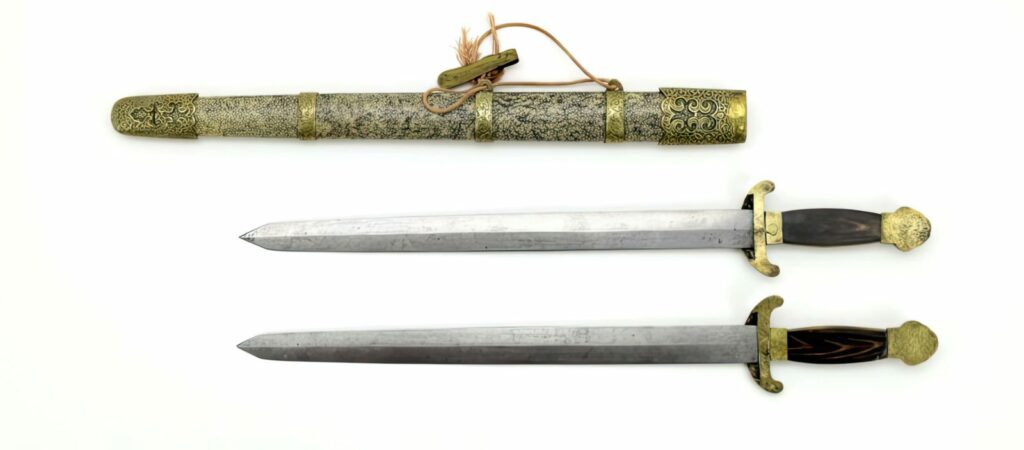
- 15 to 20 inches (40 to 50 cm)
One of the shortest and smallest Chinese swords is the Duan Jian, a larger type of Chinese dagger. It was mostly used as a ceremonial tool, but today there are short swords like these used in martial arts too.
Butterfly Sword
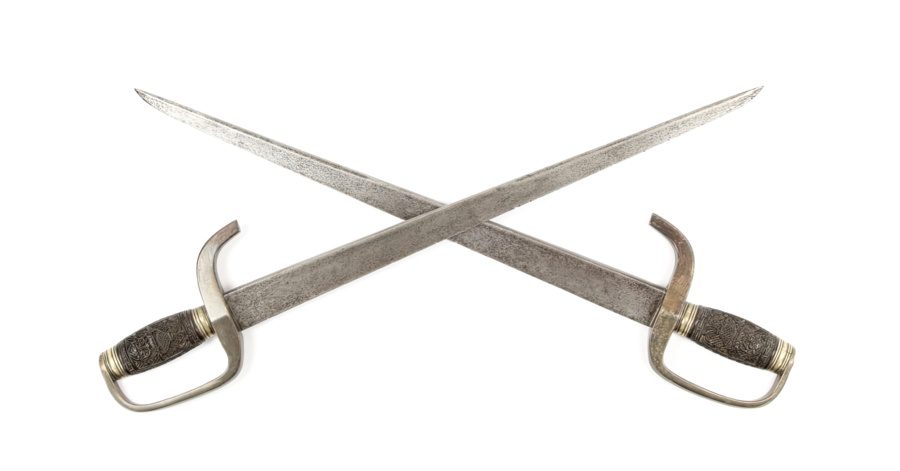
- 14 to 22 inches (35 to 55 cm)
The most popular Chinese sword is the Butterfly Sword, sometimes called the Hudieado. It is a small, dual-wielded type of blade. A certain method determines its length by measuring the blade length next to the user’s elbow.
Hook Sword

- 20 to 47 inches (50 to 120 cm)
Certain Chinese swords look unorthodox, but their unique design and shape bring certain advantages. One such blade is the Hook sword which varies in length and can be used to hook enemy weapons.
Zhibei Dao
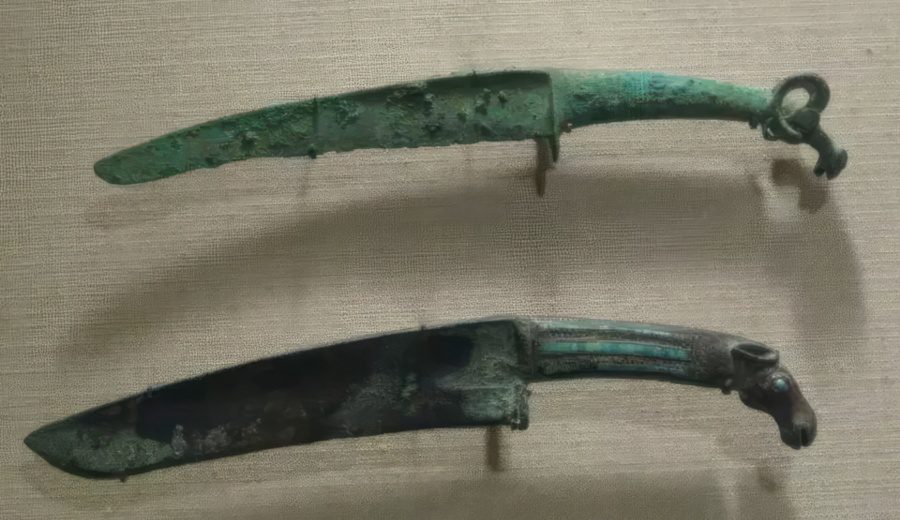
- 20 to 24 inches (50 to 60 cm)
The very first types of Dao curved swords from China were the Zhibeidao. They were very short and were used as daggers. Today this term can refer to a Dao sword, which is single-edged, but with a straight and somewhat short blade.
Tuan Lian Jian

- 12 to 16 inches (30 to 40 cm)
The Tuan Lian is a very small and crude-looking sword used by the Chinese militia and civilians for self-protection. Some versions of this sword are larger than average, but mostly they are small and used as a side weapon.
Nan Dao
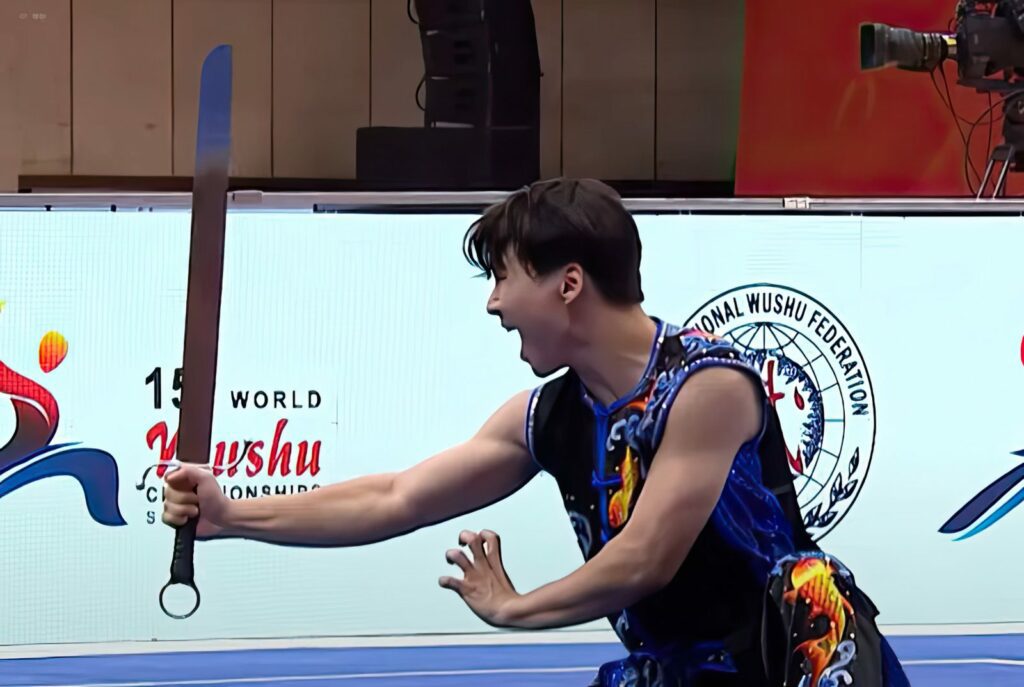
- 20 to 23 inches (50 to 60 cm)
The most popular Chinese shortsword commonly seen in Chinese sword dances or training martial arts is the Nandao. It has a very wide blade that can be used with extremely fast-moving motions thanks to its small length.
Duan Dao
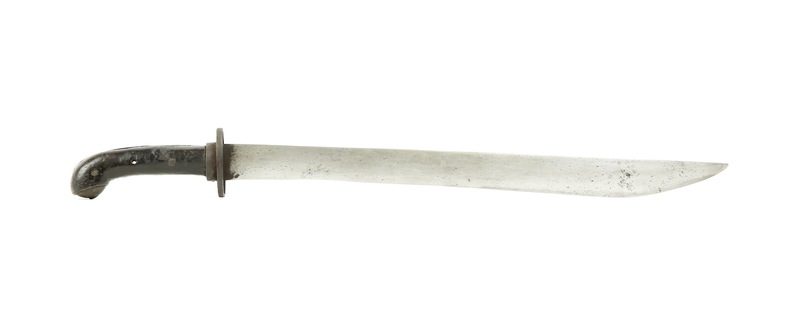
- 20 to 23 inches (50 to 60 cm)
A Chinese Hanger or side sword commonly used by soldiers thanks to its small size was the Duandao. This Chinese blade had a somewhat curved blade with a single edge, making it a very effective slashing tool.
Gunbei Shuangdao

- 23 inches (60 cm)
Any type of smaller, lengthened Dao made to be used as a dual-wielded weapon with the same looking Dao beside it is called a Gunbei Shuangdao. These blades are commonly linked with ceremonial activities or entertainment shows but could also be used as a side weapon.
